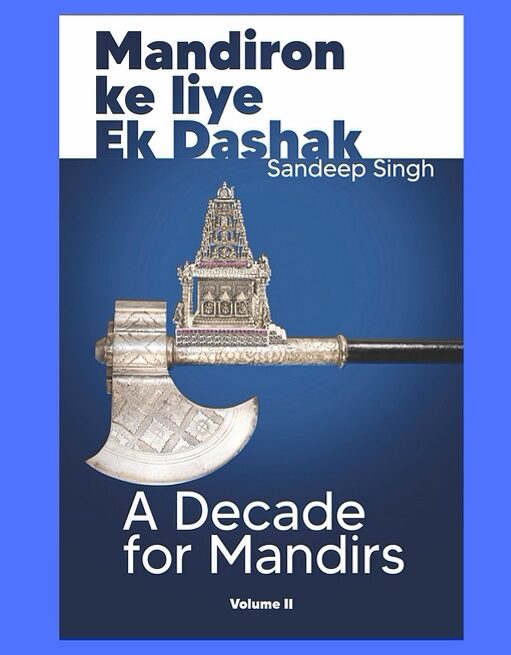Sandeep Singh’s 'A Decade for Mandirs - Volume II' continues from his first volume, focussing on practical strategies for reclaiming and restoring Hindu temples. Singh critiques the state's deep-rooted anti-mandir bias and judicial meddling in temple matters. He advocates for reclaiming deity rights, respecting pujaris, and reviving cultural traditions. This volume is both a call to action and a detailed roadmap for Hindus to protect and rejuvenate their spiritual heritage.
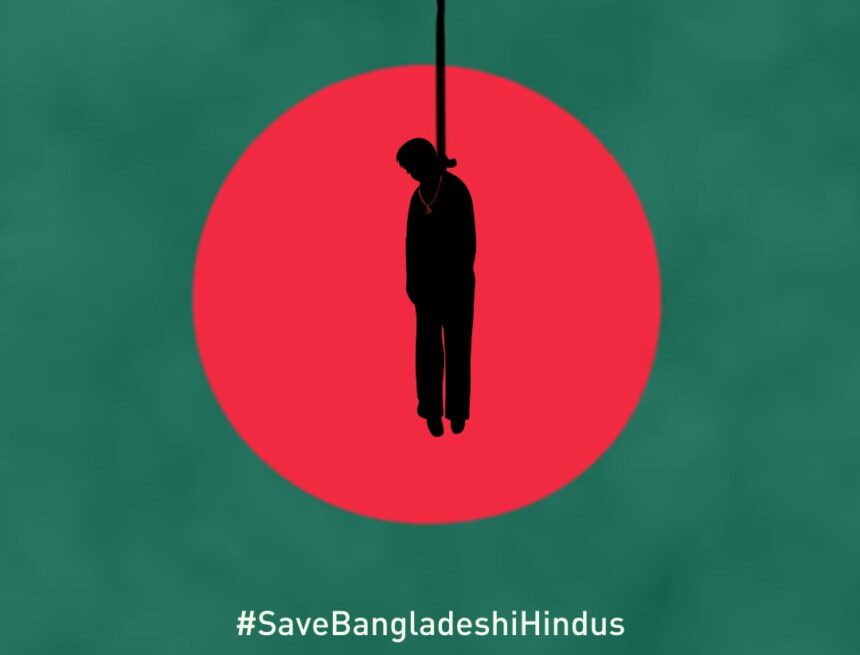
An Open Letter to the Indian Government – Appeal to Protect Hindus in Bangladesh
A group of eminent writers pen an open letter to the Indian government appealing for action to protect Bangladeshi Hindus.

The Kakatiyas – Architects of a Unified Telugu Identity and Cultural Legacy
The Kakatiya dynasty, ruling from Orugallu (present-day Warangal), significantly influenced Telugu history and culture. They unified the distinct cultures of the Deccan and Coastal plains, fostering a common Telugu identity. Renowned for their architectural achievements and contributions to Telugu society, the Kakatiyas are remembered as key architects of Telugu unity and cultural heritage.

From Bihar to Mewar: The Story of Purbiya Mercenaries in Western India
In this detailed exploration, Deeksha Tyagi sheds light on the Purbiya mercenaries. Sought after for their expertise in firearms, they played a significant role in shaping regional politics and warfare from Malwa to Gujarat and even in the British East India Company. The author highlights how their history exemplifies the adaptive strategies of communities in response to changing political landscapes in medieval India.de
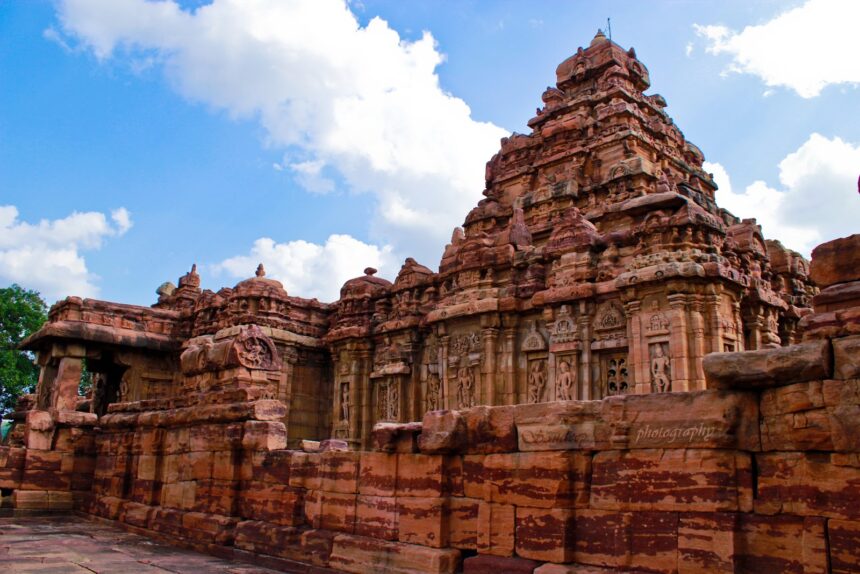
The Unrecognized Architects of India’s Mediaeval Glory – Lokamahadevi and Trailokyamahadevi
Did you know that the Virupaksha and Mallikarjun Temples in Pattadakal were built by queens? Lokamahadevi and Trailokyamahadevi, queens of the Chalukya dynasty, commissioned these temples, originally named Lokeshvara and Trailokyeshvara. Their remarkable contributions include administrative roles and cultural patronage, such as commissioning the Virupaksha Temple, modeled after the Kanchi Kailasanathar Temple.
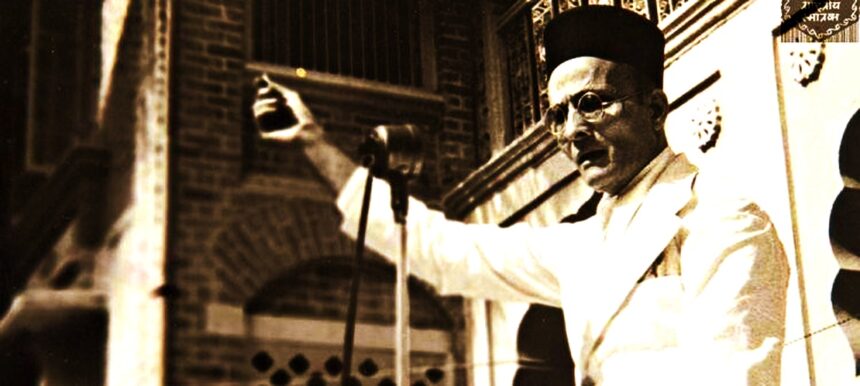
Search for Savarkarite Conservatism
Was Vinayak Damodar Savarkar a conservative? Exploring this question, this article by Chandravir Pandey delves into Savarkar's concept of Hindutva, and its alignment with conservative principles. The essay also examines the paradoxes in labeling Savarkar a conservative, given his revolutionary zeal and progressive ideas.
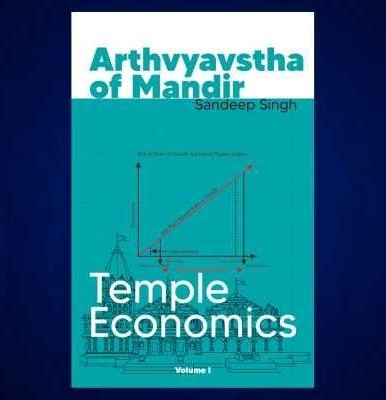
‘Temple Economics’ by Sandeep Singh – A Review Janhavi Naik
Sandeep Singh’s 'Temple Economics' explores the economic systems around Hindu temples with meticulous detail. Divided into four parts, the book covers the history, destruction, and potential restoration of temple economies, emphasizing their cultural and economic significance.
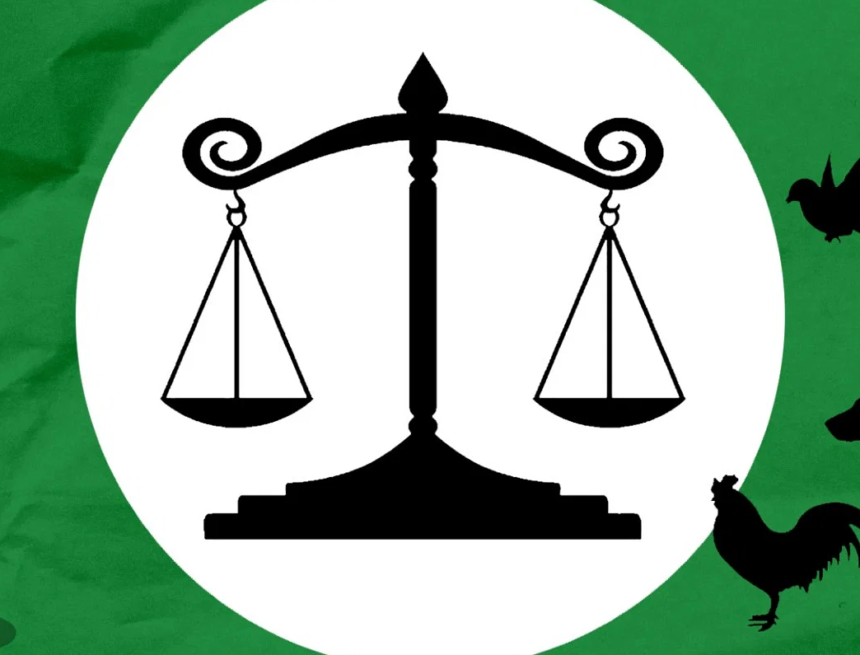
Vegetarianism, Animal Cruelty, and Slippery Discourses
In this article, Dr. Pingali Gopal explores the unequal and complicated relationship between humans and animals, delving into the complexities of meat consumption, animal abuse and the varied definitions and perceptions surrounding them. The author contrasts the extensive use and exploitation of animals in the modern world with perspectives from Dharmic traditions. He presents the views of Swami Vivekananda and Ramana Maharishi on the subject to illustrate the nuanced stance of Dharma on the subject.

The History and Myths of an Exceptional Hoysala Queen
Shantala Devi, the queen consort to King Vishnuvardhana of the Hoysala dynasty, has been a figure of historical intrigue and literary fascination. This article by Deeksha Tyagi explores the dual narratives surrounding Shantala Devi, contrasting historical records with fictional representations. While the author recognises that fictional potrayals help keep her in public consciousness, she asserts that only by examining both historical and fictional accounts can we gain a more nuanced understanding of her legacy.

Disarming Propaganda: Some Lessons on Survival, Revival, and Hope
Professor Vamsee Juluri dicusses the impact of media during Indian elections and the resurgence of Hindu culture, tackling issues of propaganda and polarization. He emphasizes the significance of media literacy, cultural ownership, and constructive engagement to preserve cultural integrity. His insights cover disarming propaganda, post-2024 Election strategies for survival and revival, and details about the new edition of "Rearming Hinduism."

